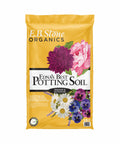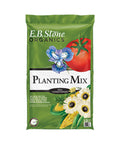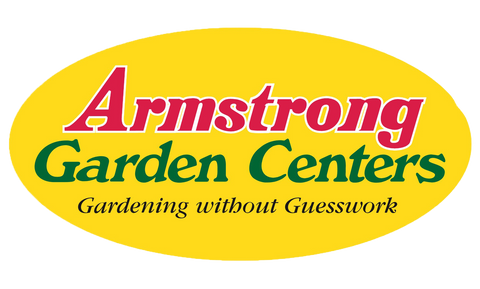Details
After Dark® Agonis is a dense multi-stemmed evergreen tree with a shapely form and gracefully arching branches. Its average texture blends into the landscape, but can be balanced by one or two finer or coarser trees or shrubs for an effective composition.
This is a relatively low maintenance tree, and usually looks its best without pruning, although it will tolerate pruning. It has no significant negative characteristics.
After Dark®: Agonis is recommended for the following landscape applications:
- Accent
- Hedges/Screening
- General Garden Use
- Container Planting
Features
After Dark® Agonis is bathed in stunning clusters of white flowers with burgundy centers at the ends of the branches from mid spring to mid summer. It has attractive burgundy foliage. The glossy narrow leaves are highly ornamental and remain burgundy throughout the winter. The fruit is not ornamentally significant.
Care
Planting & Growing
After Dark® Agonis will grow to be about 25 feet tall at maturity, with a spread of 15 feet. It has a low canopy with a typical clearance of 3 feet from the ground, and is suitable for planting under power lines. It grows at a slow rate, and under ideal conditions can be expected to live for 40 years or more.
This tree should only be grown in full sunlight. It does best in average to evenly moist conditions, but will not tolerate standing water. It is not particular as to soil type or pH. It is somewhat tolerant of urban pollution. This is a selected variety of a species not originally from North America.
After Dark® Agonis is a fine choice for the yard, but it is also a good selection for planting in outdoor pots and containers. Because of its height, it is often used as a 'thriller' in the 'spiller-thriller-filler' container combination; plant it near the center of the pot, surrounded by smaller plants and those that spill over the edges. It is even sizeable enough that it can be grown alone in a suitable container. Note that when grown in a container, it may not perform exactly as indicated on the tag - this is to be expected. Also note that when growing plants in outdoor containers and baskets, they may require more frequent waterings than they would in the yard or garden.

































